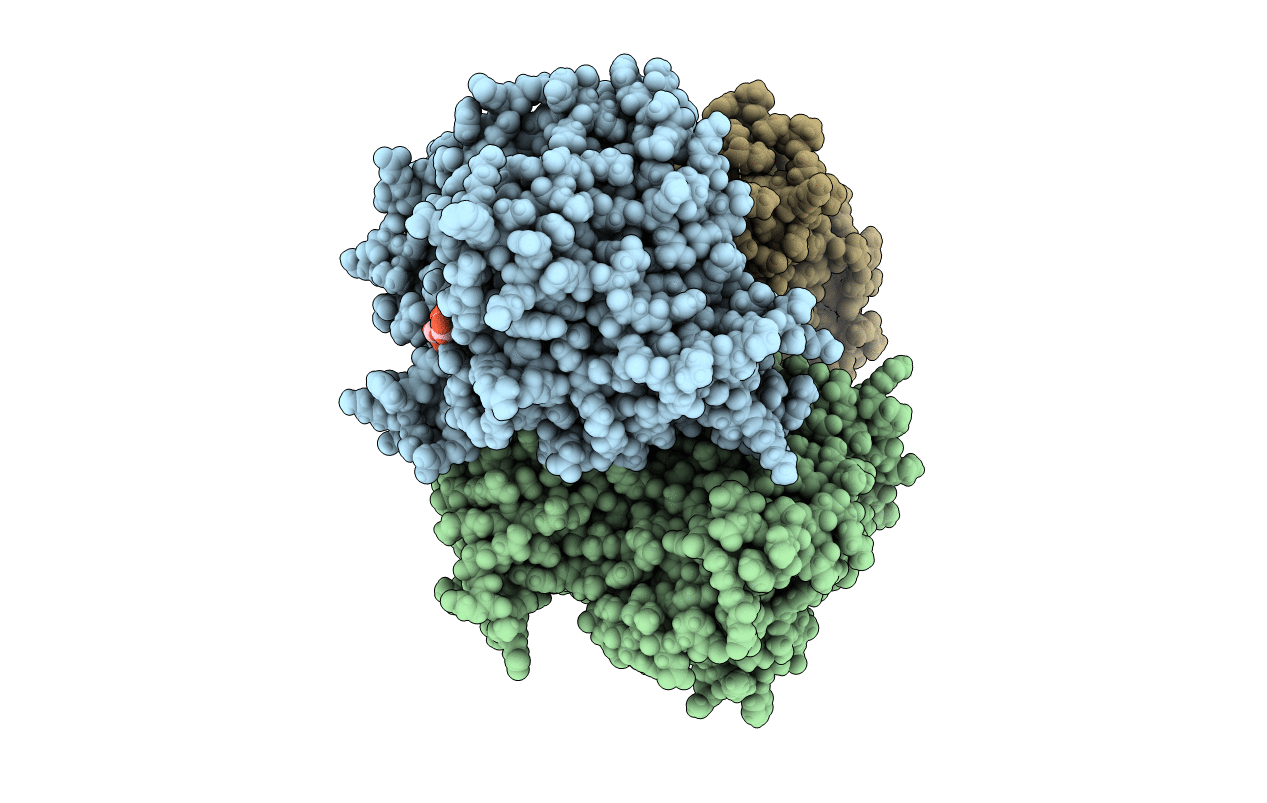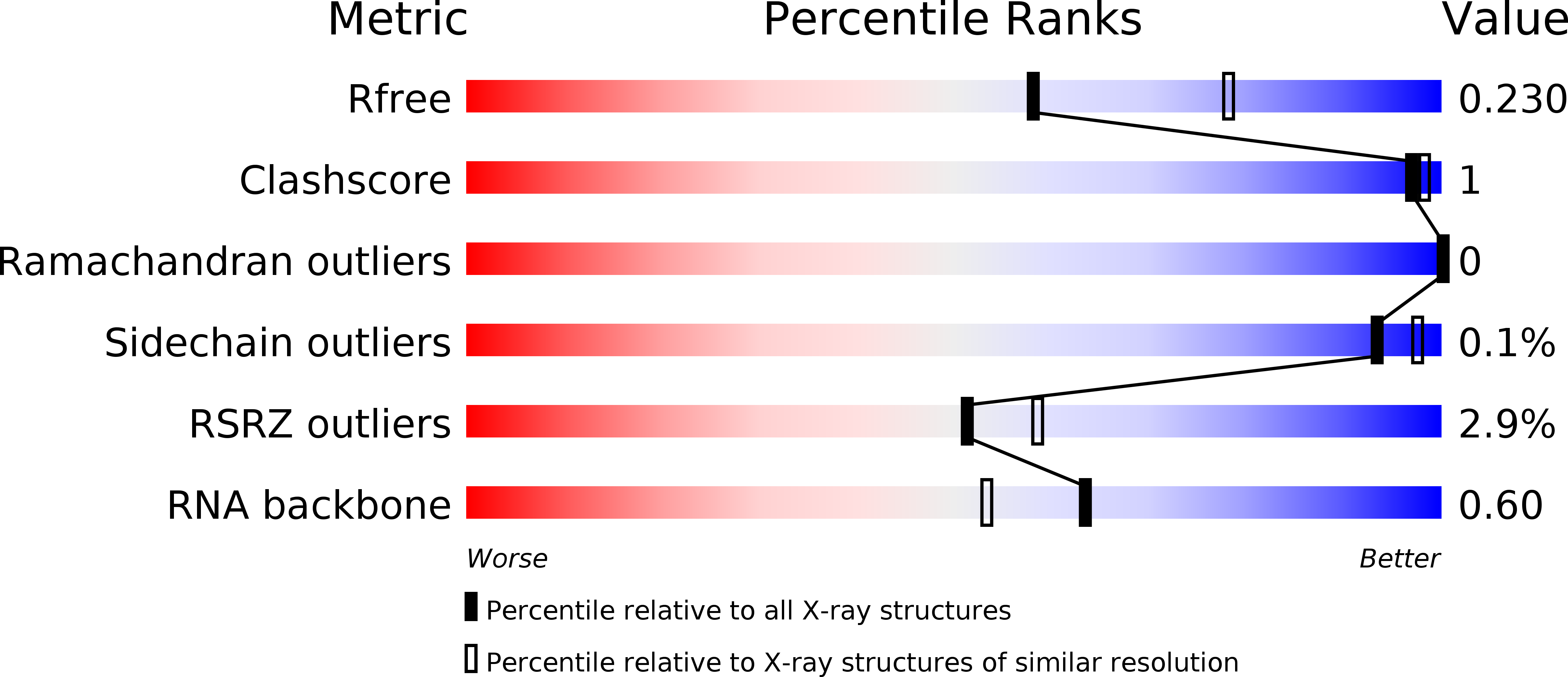
Deposition Date
2017-05-31
Release Date
2017-06-28
Last Version Date
2023-10-04
Entry Detail
PDB ID:
5W0M
Keywords:
Title:
Structure of human TUT7 catalytic module (CM) in complex with U5 RNA
Biological Source:
Source Organism:
Homo sapiens (Taxon ID: 9606)
synthetic construct (Taxon ID: 32630)
synthetic construct (Taxon ID: 32630)
Host Organism:
Method Details:
Experimental Method:
Resolution:
2.30 Å
R-Value Free:
0.22
R-Value Work:
0.18
R-Value Observed:
0.19
Space Group:
P 61


